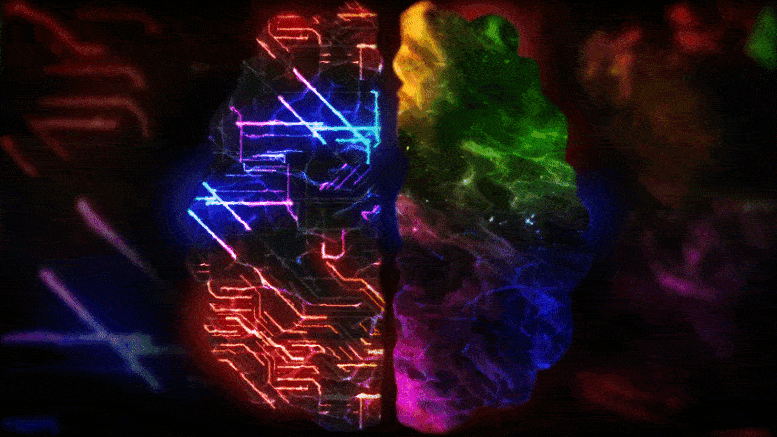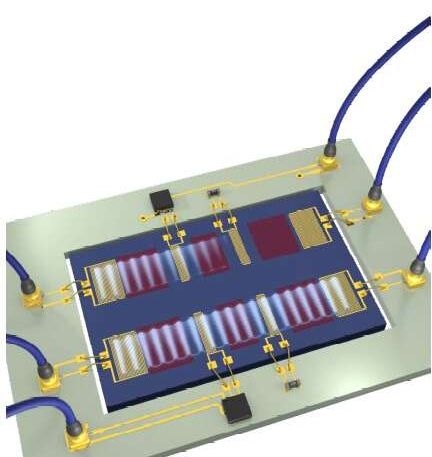If you are interested in mind uploading, then I have an excellent video for you to watch. Dr Keith Wiley discusses personal identity issues associated with whole brain emulation in today’s Carboncopies Journal Club Meeting.
Get the latest international news and world events from around the world.


Russia declares state of emergency after Arctic oil spill
Russian President Vladimir Putin of Russia declared a state of emergency in a region of northern Siberia after a huge oil spill last week turned a river crimson. It is threatening significant damage to the Arctic region. [ 317 more words ].
Norilsk Nickel is the world’s largest producer of platinum and nickel.
The company, along with the Russian Emergency Situations Ministry, dispatched hundreds of personnel to clean up the spill. So far, Norilsk Nickel said they had managed to gather up only around 340 tons of the oil.
Barges with booms could not contain the slick because the Ambarnaya River was too shallow. Some media is calling the spill, “Russia’s Exxon Valdez.” In that 1989 incident, more than 37,000 metric tons of crude oil were spilled in Alaska.
Attosecond physics: Quantum brakes in molecules
Physicists have measured the flight times of electrons emitted from a specific atom in a molecule upon excitation with laser light. This has enabled them to measure the influence of the molecule itself on the kinetics of emission.
Photoemission — the release of electrons in response to excitation by light — is one of the most fundamental processes in the microcosm. The kinetic energy of the emitted electron is characteristic for the atom concerned, and depends on the wavelength of the light employed. But how long does the process take? And does it always take the same amount of time, irrespective of whether the electron is emitted from an individual atom or from an atom that is part of a molecule? An international team of researchers led by laser physicists in the Laboratory for Attosecond Physics (LAP) at LMU Munich and the Max Planck Institute of Quantum Optics (MPQ) in Garching has now probed the influence of the molecule on photoemission time.
The theoretical description of photoemission in 1905 by Albert Einstein marked a breakthrough in quantum physics, and the details of the process are of continuing interest in the world of science and beyond. How the motions of an elementary quantum particle such as the electron are affected within a molecular environment has a significant bearing on our understanding of the process of photoemission and the forces that hold molecules together.
Bioactive inks printed on wearable textiles can map conditions over the entire surface of the body
Researchers at Tufts University’s School of Engineering have developed biomaterial-based inks that respond to and quantify chemicals released from the body (e.g. in sweat and potentially other biofluids) or in the surrounding environment by changing color. The inks can be screen printed onto textiles such as clothes, shoes, or even face masks in complex patterns and at high resolution, providing a detailed map of human response or exposure. The advance in wearable sensing, reported in Advanced Materials, could simultaneously detect and quantify a wide range of biological conditions, molecules and, possibly, pathogens over the surface of the body using conventional garments and uniforms.
“The use of novel bioactive inks with the very common method of screen printing opens up promising opportunities for the mass-production of soft, wearable fabrics with large numbers of sensors that could be applied to detect a range of conditions,” said Fiorenzo Omenetto, corresponding author and the Frank C. Doble Professor of Engineering at Tufts’ School of Engineering. “The fabrics can end up in uniforms for the workplace, sports clothing, or even on furniture and architectural structures.”
Wearable sensing devices have attracted considerable interest in monitoring human performance and health. Many such devices have been invented incorporating electronics in wearable patches, wristbands, and other configurations that monitor either localized or overall physiological information such as heart rate or blood glucose. The research presented by the Tufts team takes a different, complementary approach—non-electronic, colorimetric detection of a theoretically very large number of analytes using sensing garments that can be distributed to cover very large areas: anything from a patch to the entire body, and beyond.

A system for the nonreciprocal transmission of microwave acoustic waves
Acoustic waves have been found to be highly versatile and promising carriers of information between chip-based electronic devices. This characteristic is ideal for the development of a number of electronic components, including microwave filters and transducers.
In the past, some researchers have tried to build devices in which waves are transmitted between two ports in a non-symmetric way. These are known as nonreciprocal devices. These devices could be particularly promising for the manipulation and routing of phonons, quasiparticles associated with acoustic waves. Building nonreciprocal devices that transmit acoustic waves, however, can be highly challenging, as acoustic systems typically transmit waves in a linear way.
Researchers at Harvard University have recently achieved the non-reciprocal transmission of non-reciprocal acoustic waves using a nonlinear parity-time symmetric system. This system, presented in a paper published in Nature Electronics, is based on two coupled acoustic resonators placed on a lithium niobate surface.



Physicists create quantum-inspired optical sensor
Researchers from the Moscow Institute of Physics and Technology, joined by a colleague from Argonne National Laboratory, U.S., have implemented an advanced quantum algorithm for measuring physical quantities using simple optical tools. Published in Scientific Reports, their study takes us a step closer to affordable linear optics-based sensors with high performance characteristics. Such tools are sought after in diverse research fields, from astronomy to biology.
Maximizing the sensitivity of measurement tools is crucial for any field of science and technology. Astronomers seek to detect remote cosmic phenomena, biologists need to discern exceedingly tiny organic structures, and engineers have to measure the positions and velocities of objects, to name a few examples.
Until recently, no measurement tool could ensure precision above the so-called shot noise limit, which has to do with the statistical features inherent in classical observations. Quantum technology has provided a way around this, boosting precision to the fundamental Heisenberg limit, stemming from the basic principles of quantum mechanics. The LIGO experiment, which detected gravitational waves for the first time in 2016, shows it is possible to achieve Heisenberg-limited sensitivity by combining complex optical interference schemes and quantum techniques.
Watch SpaceX launch humans to space
SpaceX just launched humans to space for the first time.